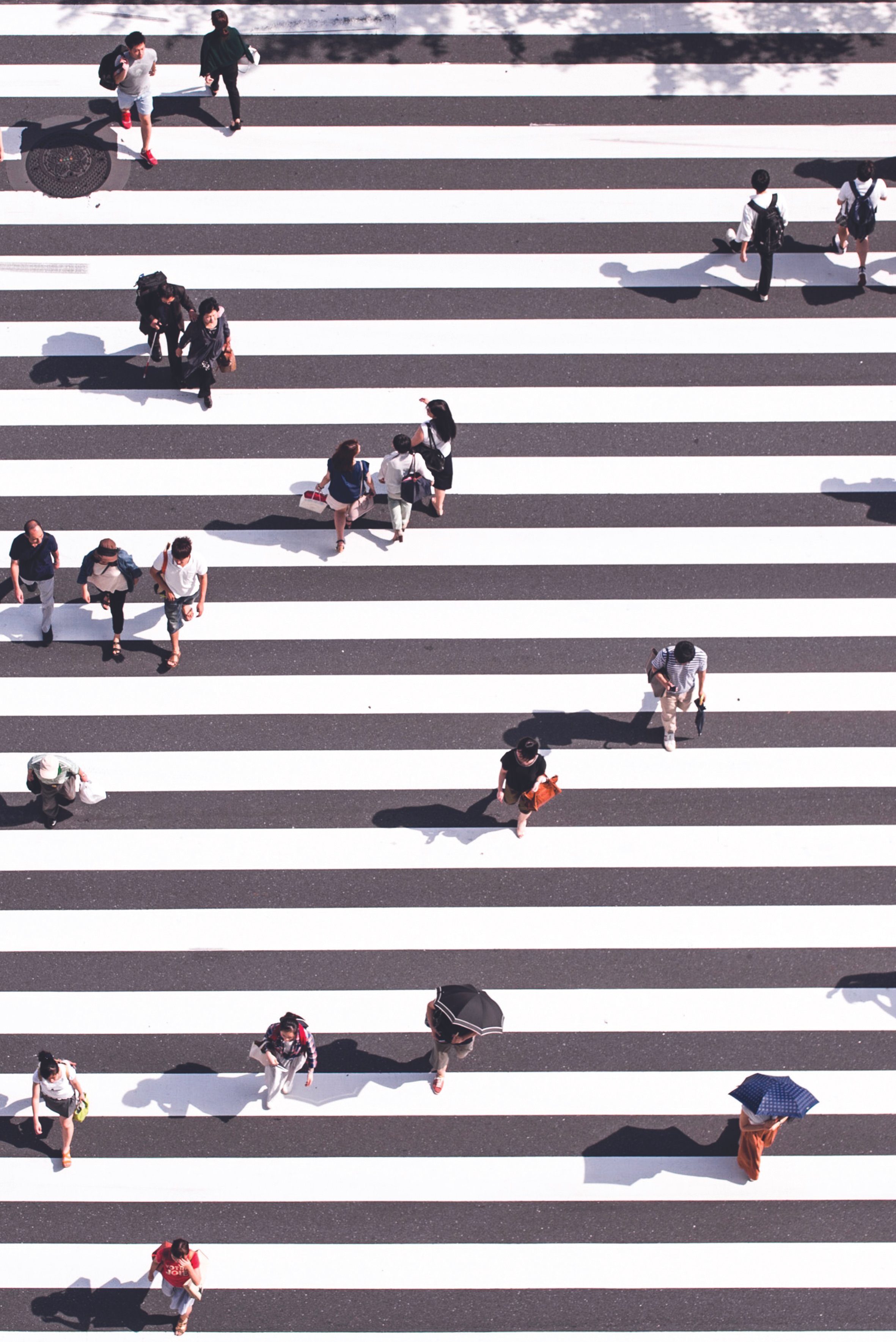
Frequently an abundance of signage is used. Speed limits are posted along with warning signs, and police are placed to enforce these rules. This fails to remedy the issue as signs can be, and often are, ignored by drivers. They can be confusing, and not obvious to a wide range of people from different linguistic and cultural backgrounds.
Streets and sidewalks are an essential part of urban life. Such places can be dangerous and difficult to navigate as cars, pedestrians, cyclists, and others contend with one another.
Better design can remedy these issues. Twisting roads or other features can force cars to slow down without using signage. Some European cities have removed sidewalks, making the road an equal space for vehicles and pedestrians. Cars are forced to slow down, and drivers and pedestrians need to cooperate in order to effectively negotiate the space.
The sidewalk is one of the most neglected places in North American cities, often viewed as a secondary to the car. Jane Jacobs argued that the sidewalk is one of the most important aspects of the city. She claims that it should be treated as a place itself, where people can interact and be a home for shops and services.
Many places in North America lack memorability, or the ability for people to form a connection. When people care about a place, they are more likely to act carefully and share the area with others. This also aids in navigation, as people can move between memorable nodes, as opposed to abstract directions through identical-looking streets.
The number of people and connections to the place helps it to stay safe and clean. Through better design, the sidewalk and the street can work together to act as one shared space for both pedestrians and vehicles
Image Credit
Ryota Iwata on Unsplash
Jason Dent on Unsplash

